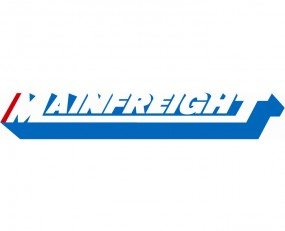
Mainfreight’s annual results, which were released on June 28, offered a clear indication of how well the company is managed.
The New Zealand-based group offers freight logistics services and supply chain solutions and is run by a management team that is chasing growth outside its home market.
By the end of 2017, it plans to have generated 85% of revenue outside New Zealand. In an annual statement it said, “The team have accepted the challenge! Currently at 75.4% (of total sales)”.
Another key target is to have “six dedicated 3PL warehouses” across the US, where it currently has three dedicated logistics sites – “Chicago will likely be our fourth,” it predicted.
All its main financial metrics rose significantly year-on-year in fiscal 2016, but all that glitters is not gold.
It recently flagged a 20-year return on investment of 1,899% for shareholders and all-in returns remain a benchmark in the industry, but declined significantly last year based on a five-year trailing average.
Mainfreight needs growth now, but as it grows it will also probably need to pay for M&A expenses in order to deliver incrementally higher returns to shareholders, even though current income streams are robust. Its dividends are rising nicely, while the dividend cover was only marginally lower year-on-year. These risks are worth investors considering, although its financials look solid.
In fiscal 2016 “revenues improved, before foreign exchange effects, by 11.2% to $2.28bn”, while “EBITDA and net profit (before abnormals) both reflect our best achievement to date, at $174.85m and $88.18m respectively.”
It added that currency certainly “played a part – positively – in these results. Such is the benefit of working across many regions and economies. We no longer rely on one geographical location for our success.”
Growth in revenues outstripped the rise in operating costs, but is that enough to boost value from these levels?
Its share price seems fair based on trading multiples for earnings and cash flows, while its capital structure is properly balanced, which leaves it plenty of options with regard to inorganic growth.
Moreover, gross cash balances rose to $93m from $64m year-on-year, which essentially reflects lower capital expenditures during the period, although a few other cash items fluctuated. First-quarter results are due on August 11.
Source: Transport Intelligence, July 20, 2016
Author: Alessandro Pasetti